In the captivating capital of Tunisia, inhabitants breathe life into the city’s unique neighbourhoods.
Tunis is more than just a city with a fascinating blend of history, culture, and cuisine — it is the heart of a vibrant and diverse community.
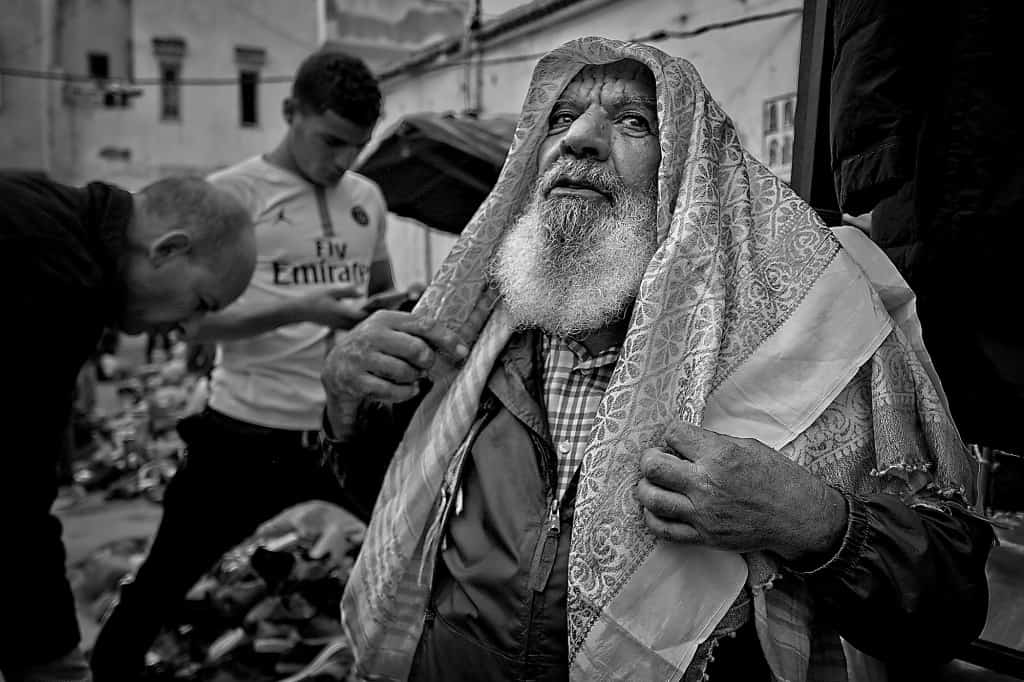
The charm of Tunis lies in its people, who bring warmth, colour, and life to every corner of this North African gem. As you explore the ancient streets and modern avenues, you’ll uncover the rich tapestry of communities that have shaped the city’s character and made it the fascinating destination it is today.
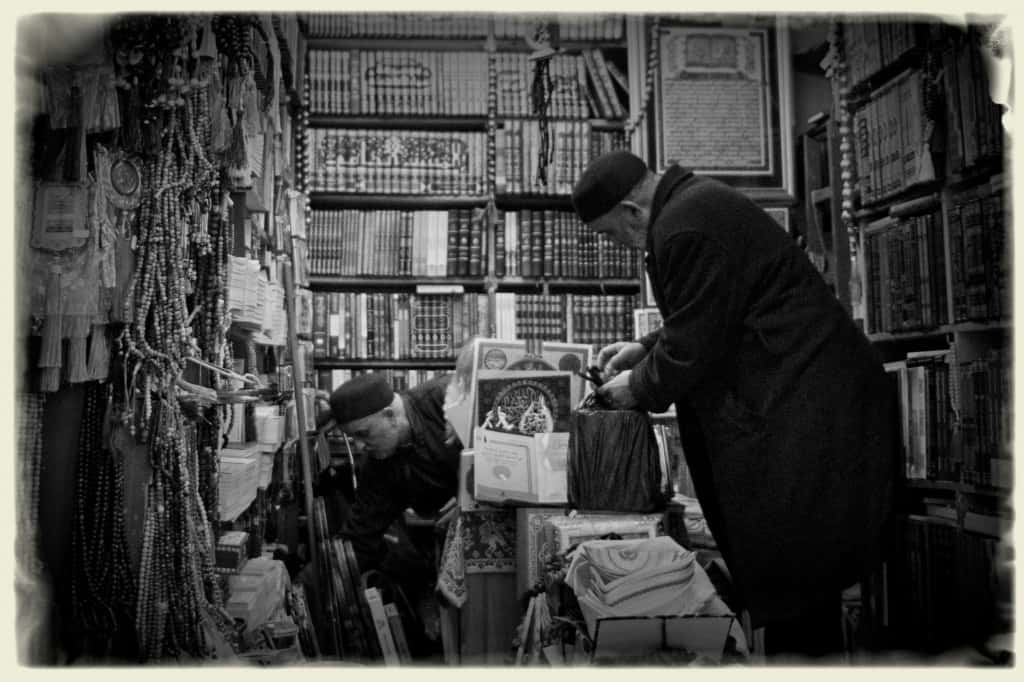
The historic Medina: a living museum
A stroll through the winding streets of the Medina, Tunis’s historic centre and a UNESCO World Heritage Site, offers a window into the city’s past and a chance to connect with its inhabitants. In this living museum, the daily life of the locals unfolds against a backdrop of stunning architectural gems, such as the Zitouna Mosque, the oldest and most prestigious mosque in Tunisia.

As you wander through the labyrinthine alleys, you’ll encounter a diverse cast of characters, from skilled artisans crafting exquisite textiles and pottery to merchants hawking their wares in the bustling souks. The Medina is a testament to the enduring spirit of the Tunisian people, who have preserved their cultural heritage while adapting to the demands of modern life.

The Ville Nouvelle: a fusion of cultures
The Ville Nouvelle, or New Town, stands in stark contrast to the Medina. Here, wide boulevards and elegant colonial buildings serve as a reminder of Tunisia’s history as a French protectorate, from 1881 to 1956. Yet, despite the European architectural influence, the Ville Nouvelle is unmistakably Tunisian, as evidenced by its lively street cafes and bustling markets.

Ethnicity plays a significant role in shaping the character of this vibrant neighbourhood, as people from diverse backgrounds converge to create a unique cultural mosaic. The rich tapestry of the Ville Nouvelle is woven from threads of Arab, Berber, and Mediterranean heritage, with each group contributing their own traditions, customs, and flavours to the mix. As you explore this fascinating district, you’ll uncover a world of hidden gems, from tucked-away art galleries showcasing local talent to delightful eateries serving up mouth-watering culinary creations.
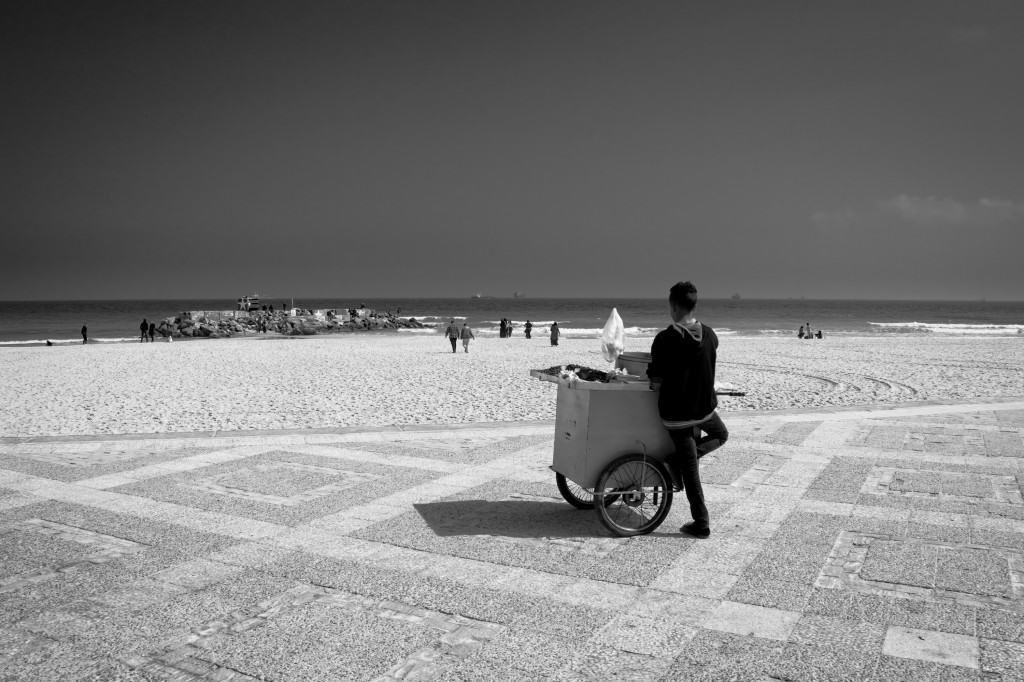
The seaside suburb of La Marsa: a coastal escape
Just a short drive from the city centre, the coastal suburb of La Marsa offers a tranquil escape from the urban hustle and bustle. This picturesque enclave is home to a diverse community, including European expatriates, Tunisian artists, and a thriving Berber population, who have infused the area with their unique cultural traditions.

La Marsa is renowned for its stunning beaches, where locals and visitors alike flock to soak up the sun, surf the azure waters, and savour fresh seafood in charming beachside cafes. The area also boasts a vibrant arts scene, with numerous galleries and cultural centres showcasing the works of local and international artists.
The legacy of Carthage: a testament to Tunisia’s diverse history
The ancient city of Carthage, located just a stone’s throw from Tunis, serves as a vivid reminder of the region’s diverse and complex history. Founded by the Phoenicians in the 9th century BC, Carthage was later conquered by the Romans, the Vandals, and the Byzantines before being absorbed into the Arab-Islamic empire in the 7th century AD.
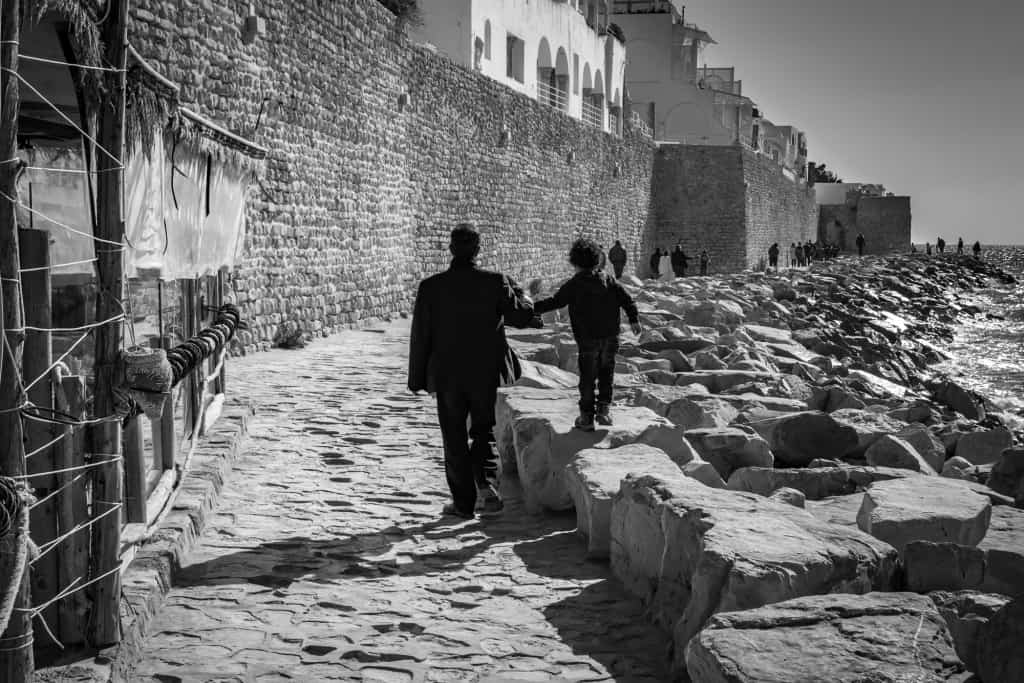
Today, the ruins of Carthage stand as a testament to the city’s multicultural past, as well as the resilience of the Tunisian people. As you explore the archaeological sites, such as the Antonine Baths and the Punic Ports, you’ll be struck by the layers of history that have shaped this fascinating region. The legacy of Carthage is not only preserved in its ruins but also in the hearts and minds of the Tunisian people, who continue to celebrate their diverse heritage.
The authentic flavours of Tunis: culinary delights
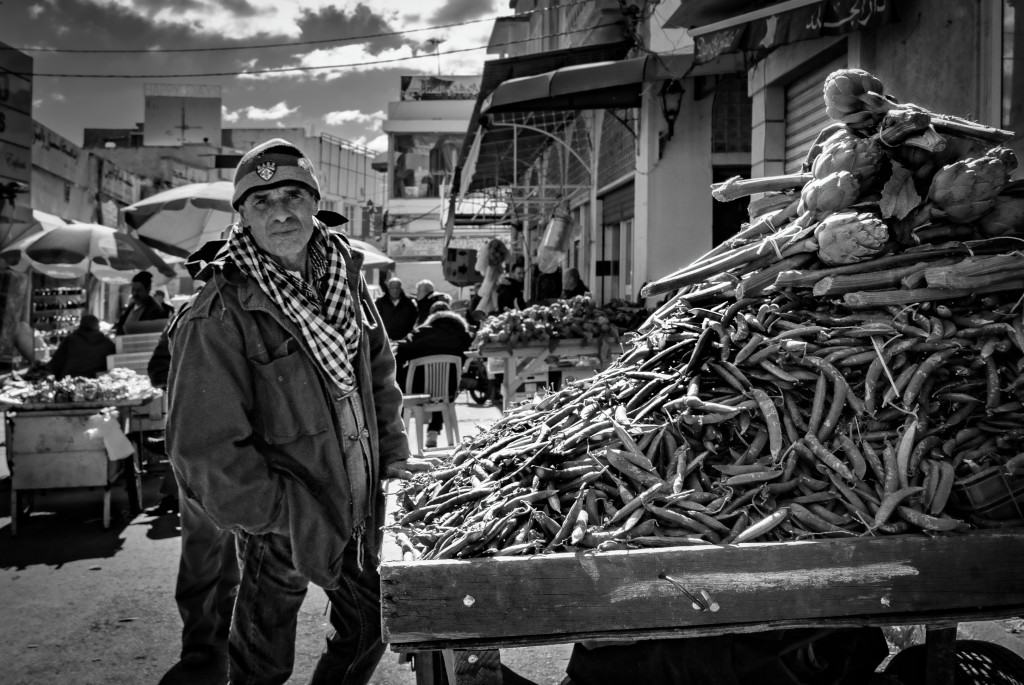
The diverse communities that call Tunis home have also shaped the city’s culinary landscape, creating a veritable feast for the senses. From the bustling markets of the Medina, where the scent of spices fills the air, to the trendy fusion restaurants of the Ville Nouvelle, Tunis offers an unparalleled gastronomic experience.
In the heart of the Medina, you’ll find traditional eateries serving up Tunisian classics, such as brik (a crispy pastry filled with tuna, egg, and capers) and couscous, alongside sweet treats like makroudh (a semolina-based pastry filled with dates). As you venture into the Ville Nouvelle, you’ll discover innovative chefs putting their own spin on local favourites, blending Arab, Berber, and Mediterranean flavours to create culinary masterpieces.
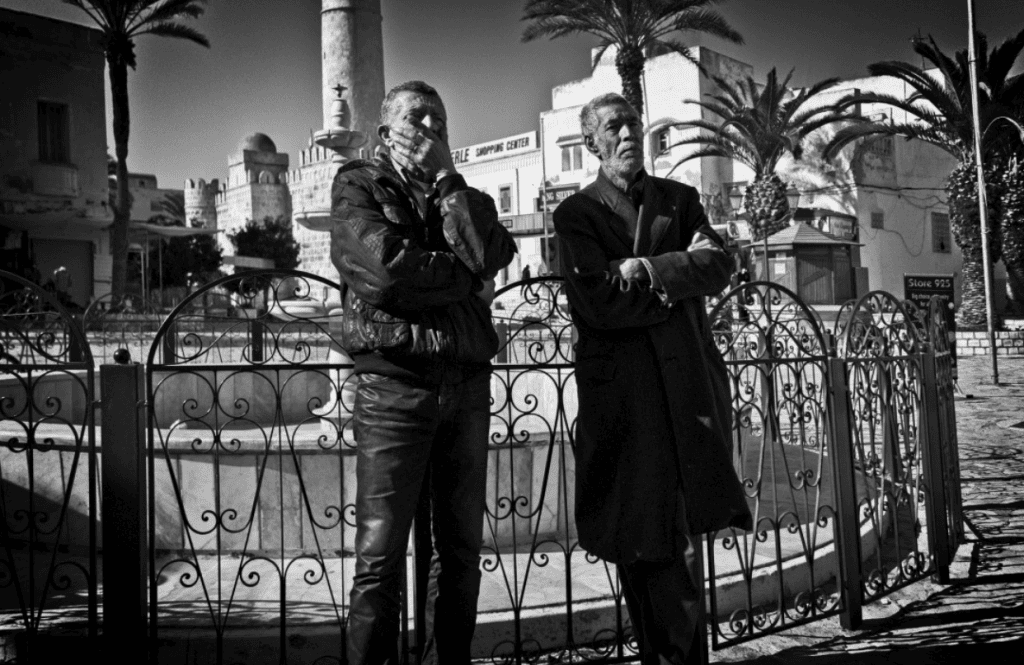
The city’s vibrant food scene is also a testament to the importance of family and community in Tunisian culture. Sharing a meal is an opportunity to connect with loved ones, exchange stories, and build lasting bonds. As you break bread with the locals, you’ll be struck by the warmth and generosity of the Tunisian people, who are always eager to share their culinary traditions with visitors.
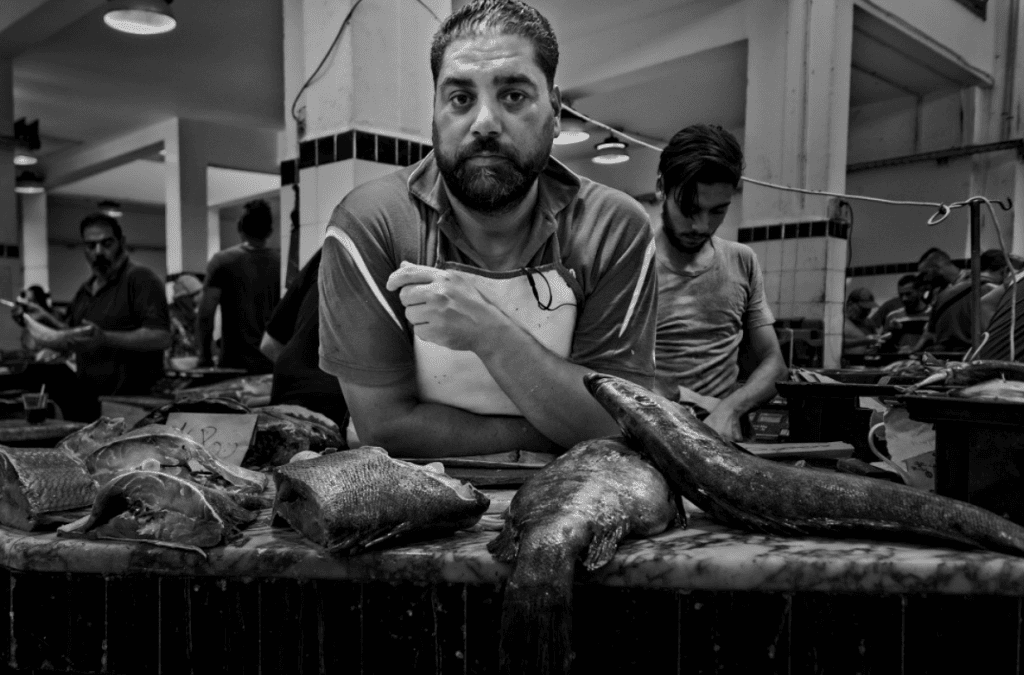
The soul of Tunis: its people
From the artisans of the Medina to the artists of La Marsa, the people of Tunis embody the city’s rich history, its vibrant culture, and its enduring spirit. As you delve deeper into the tapestry of Tunis, you’ll find that it’s not just the ancient ruins, the bustling markets, or the cuisine that captivates you—it’s the connections you forge with the city’s inhabitants that will leave a lasting impression.
Photos © Vili Gosnak. All rights reserved.








